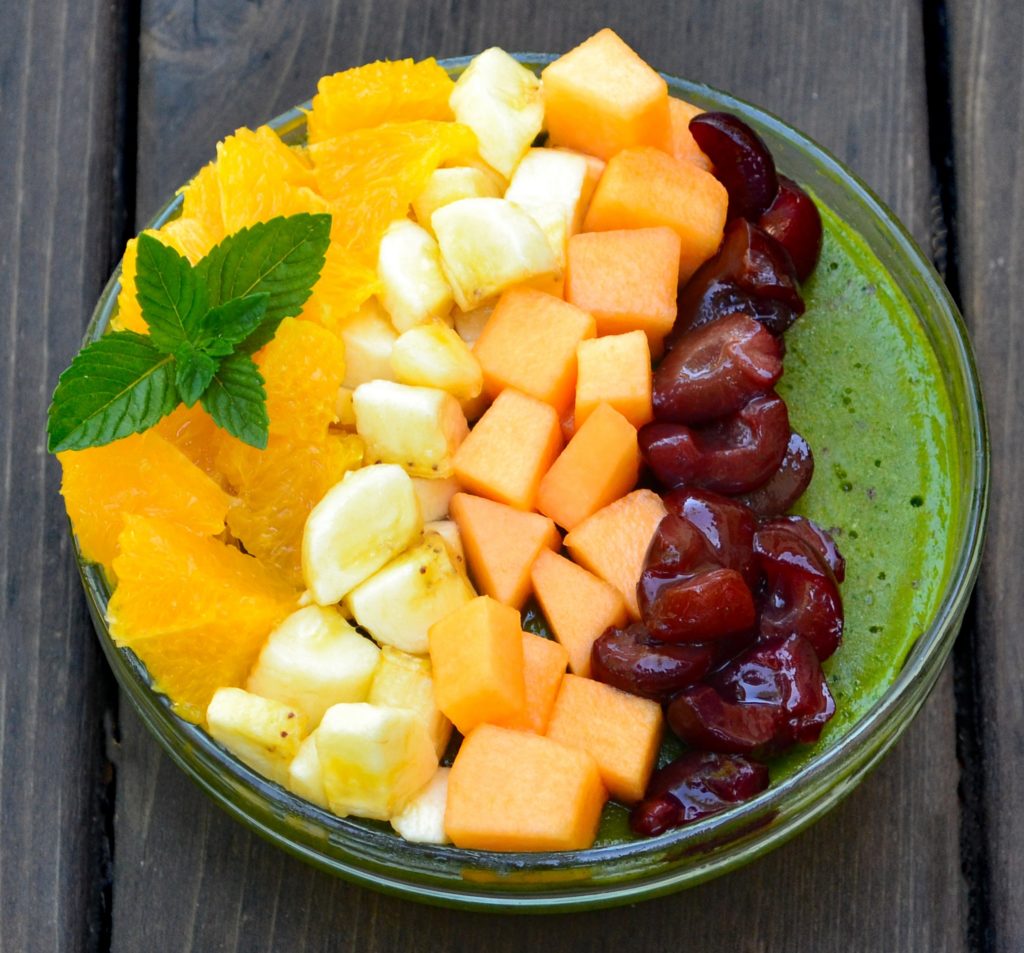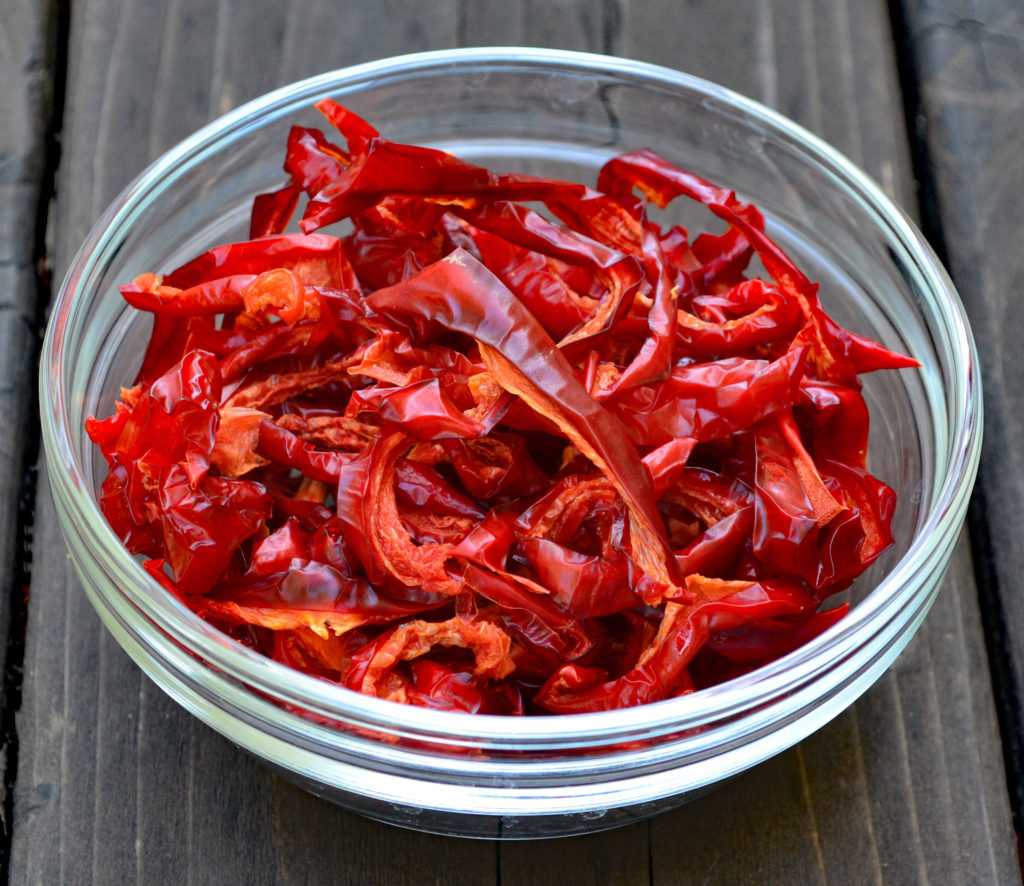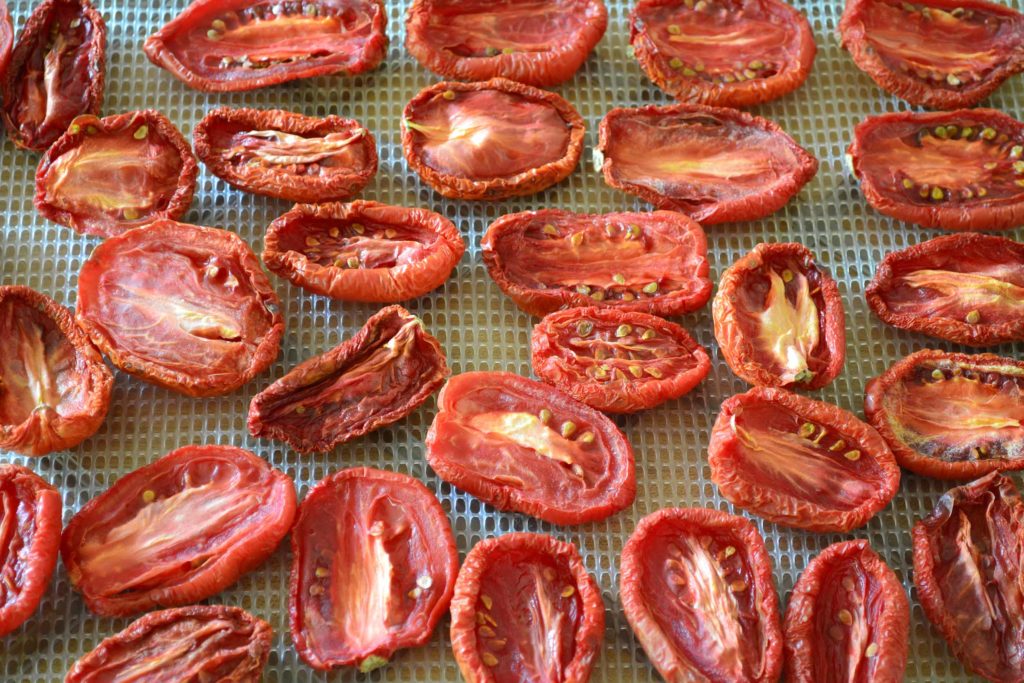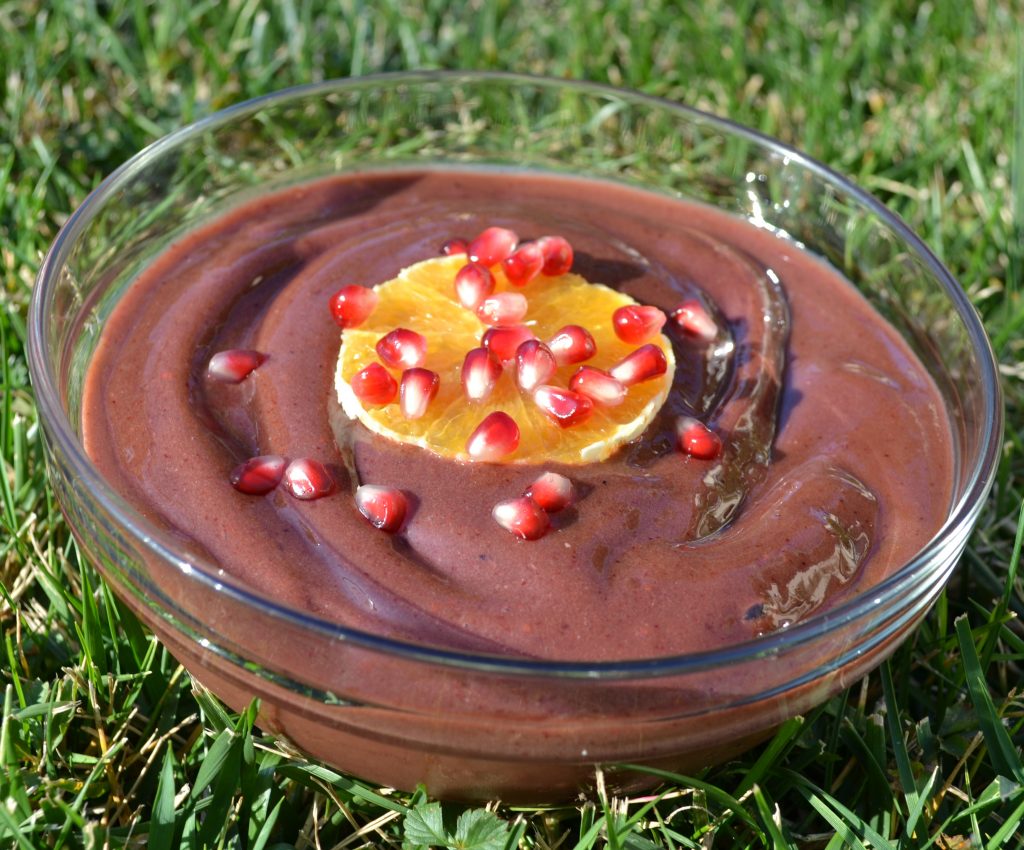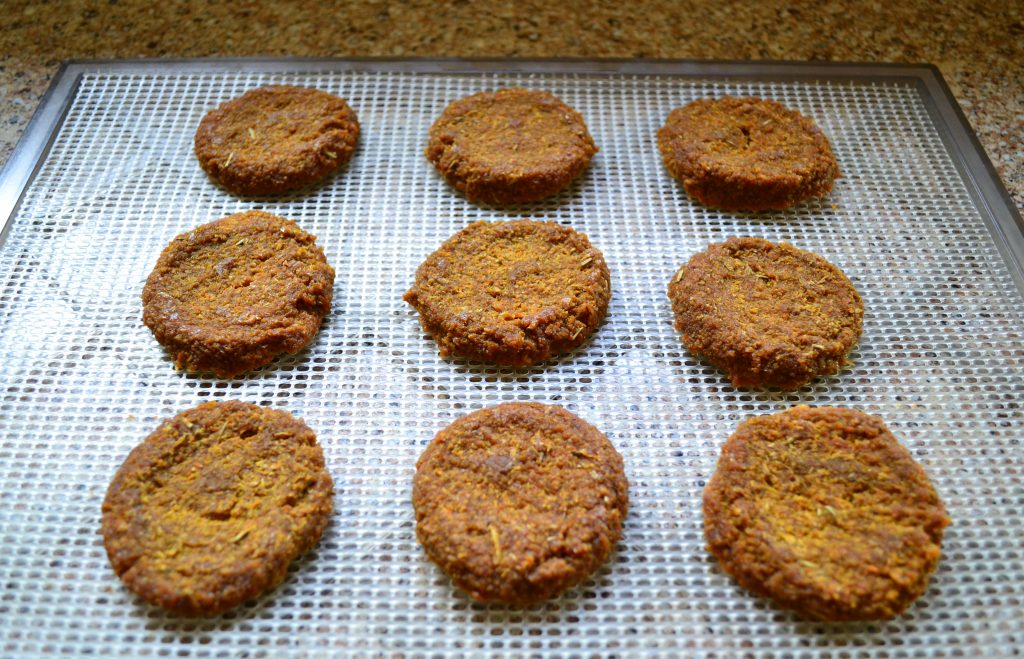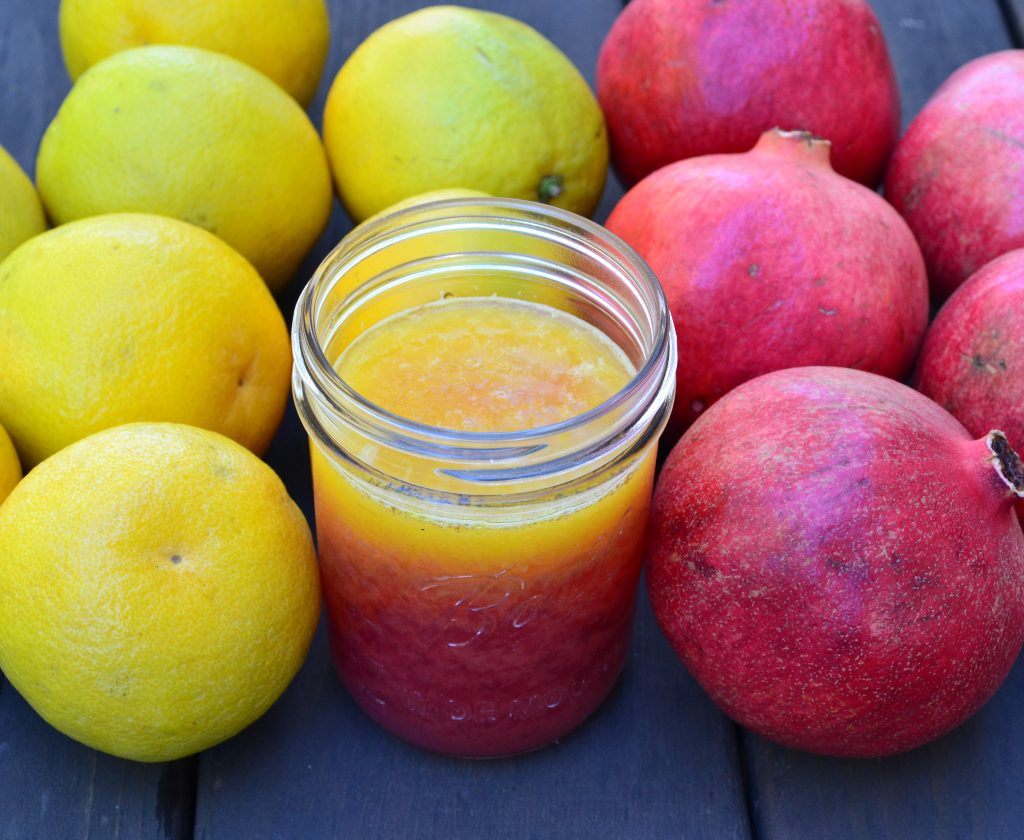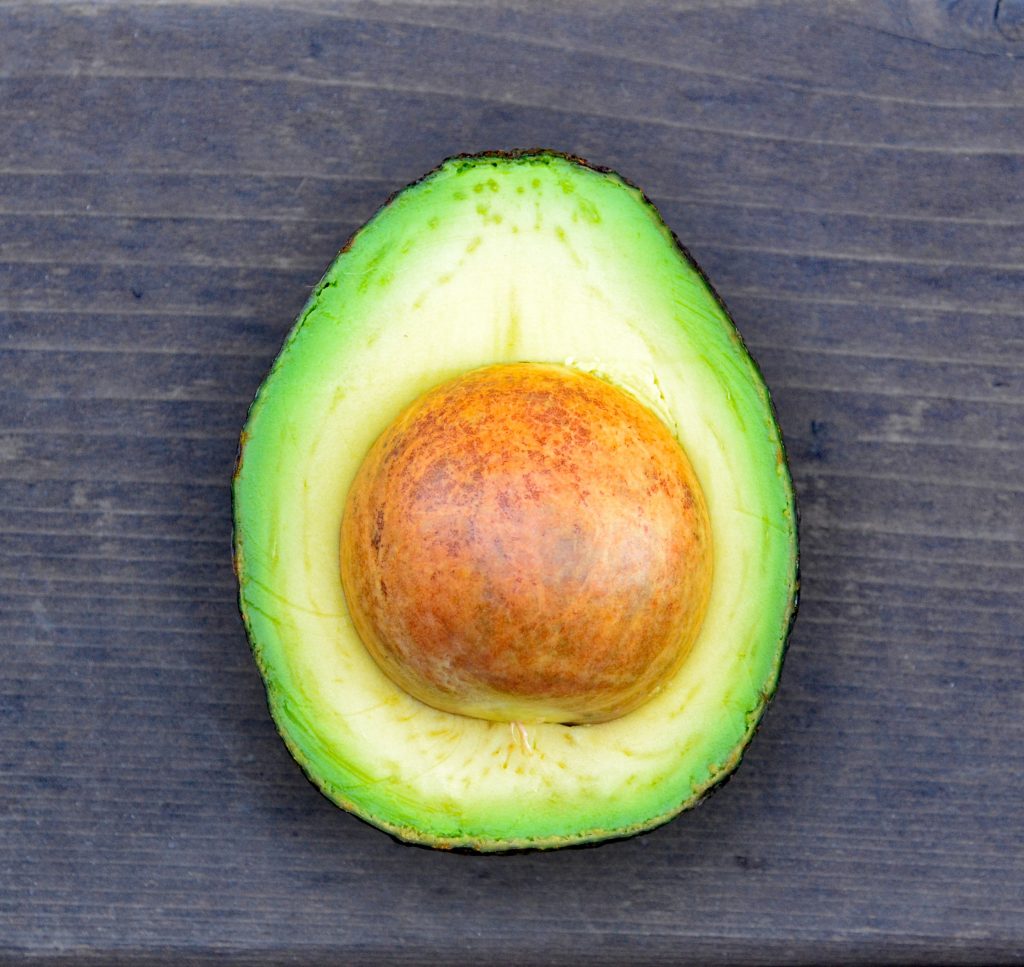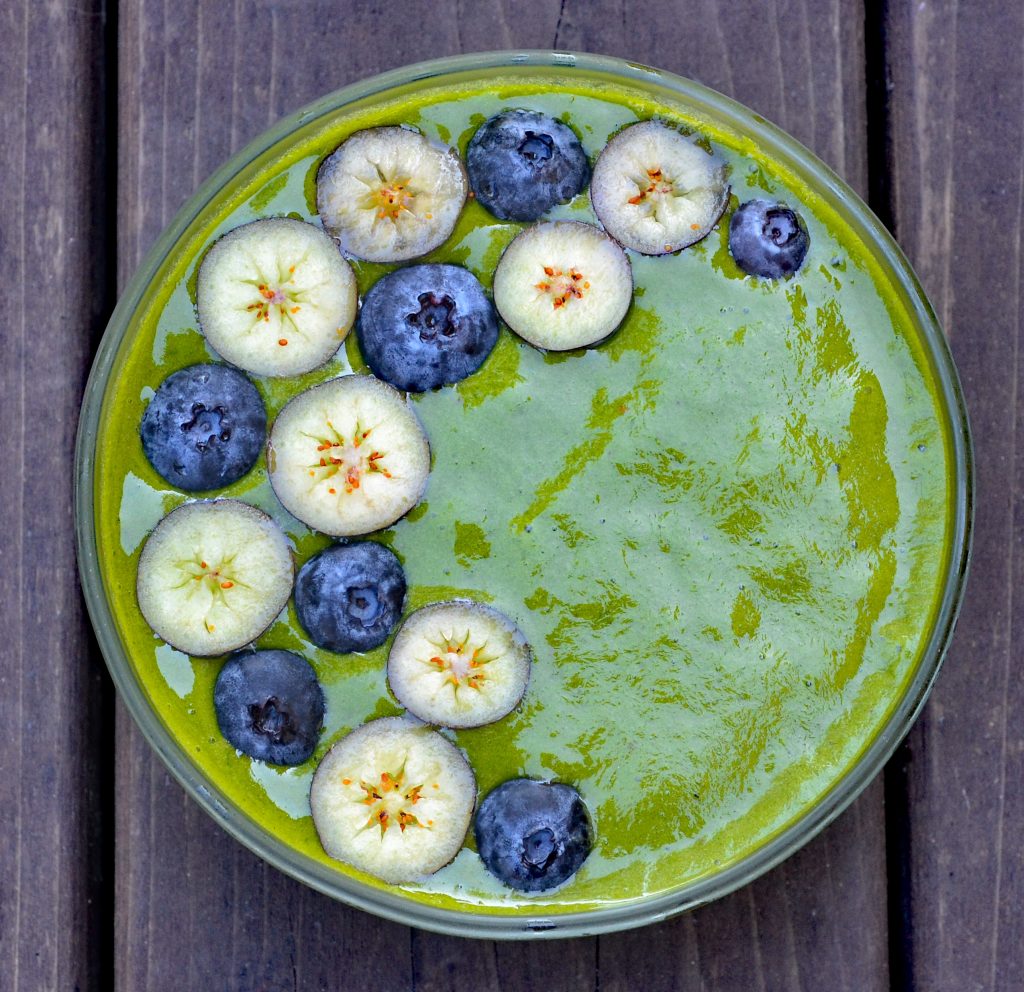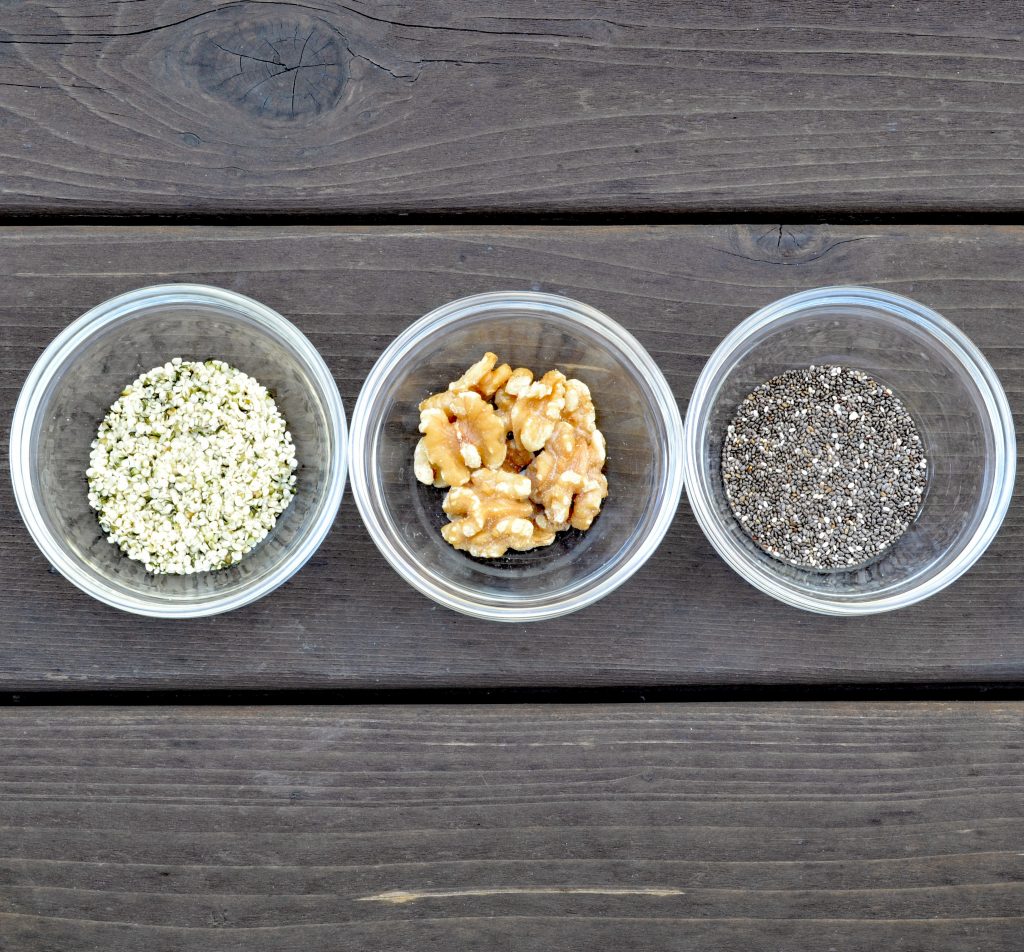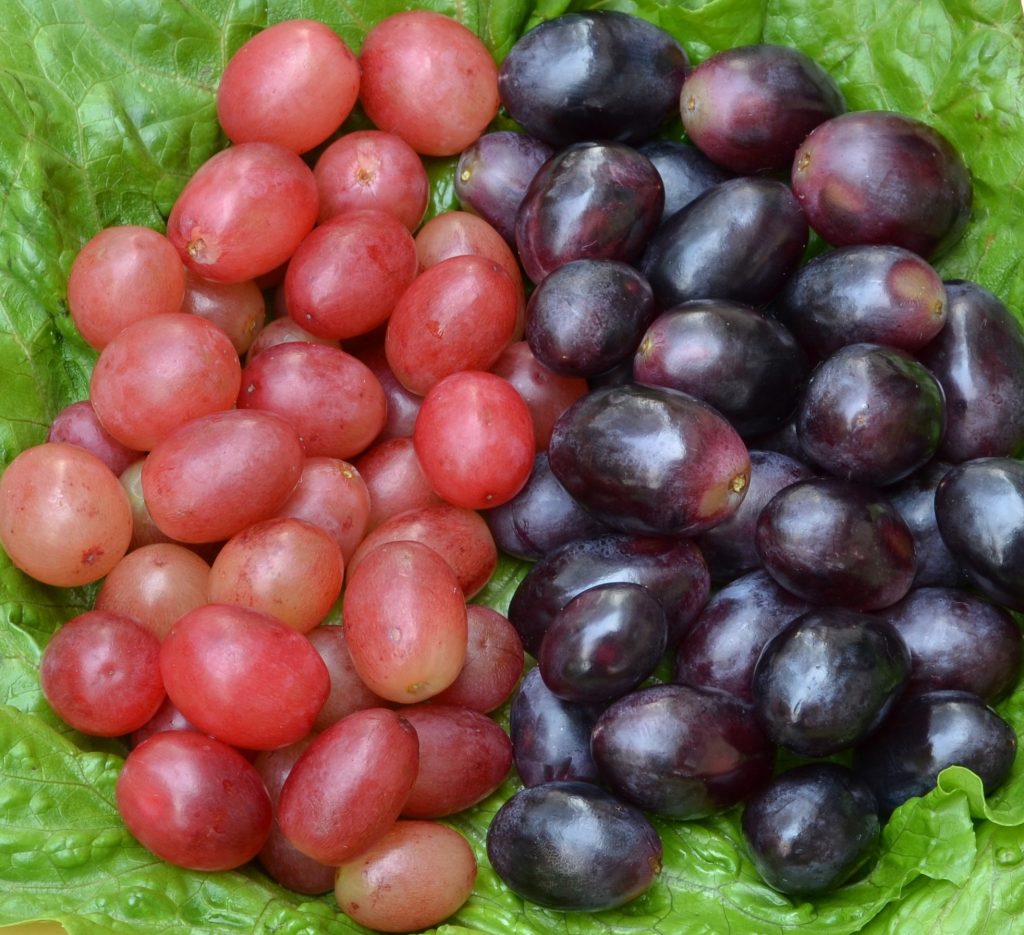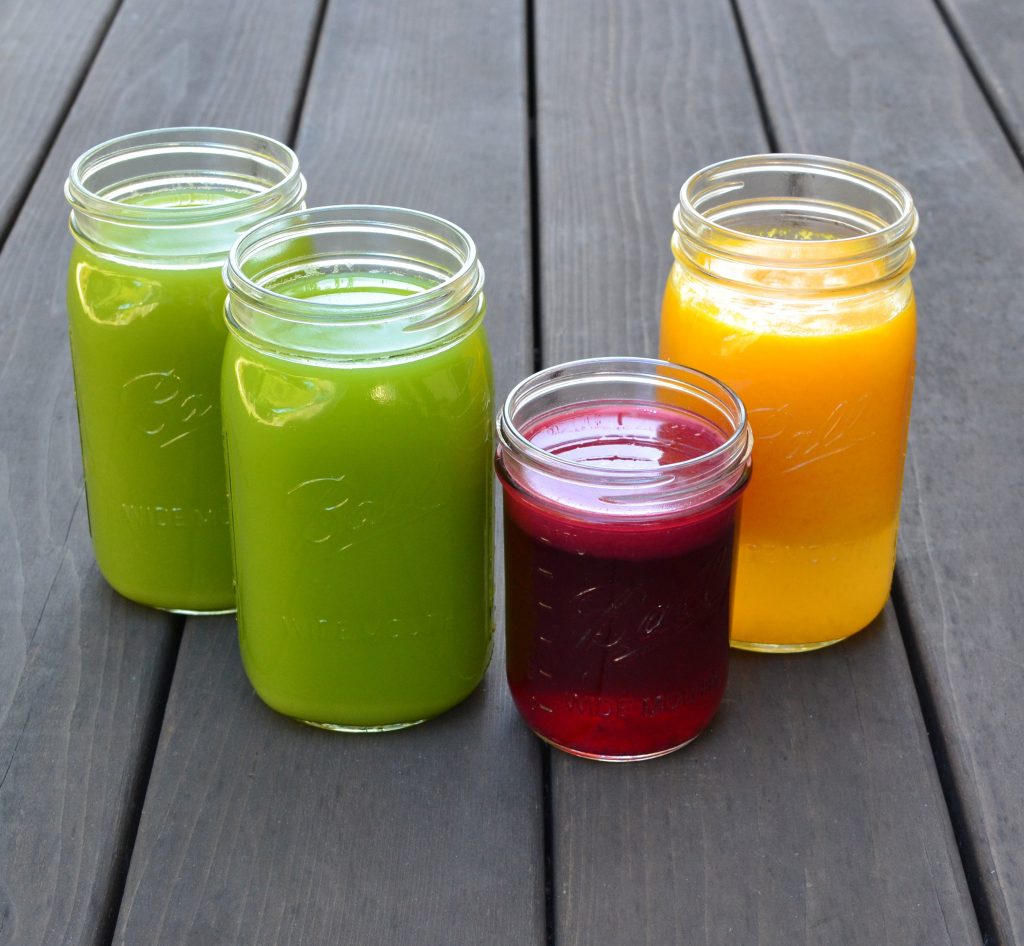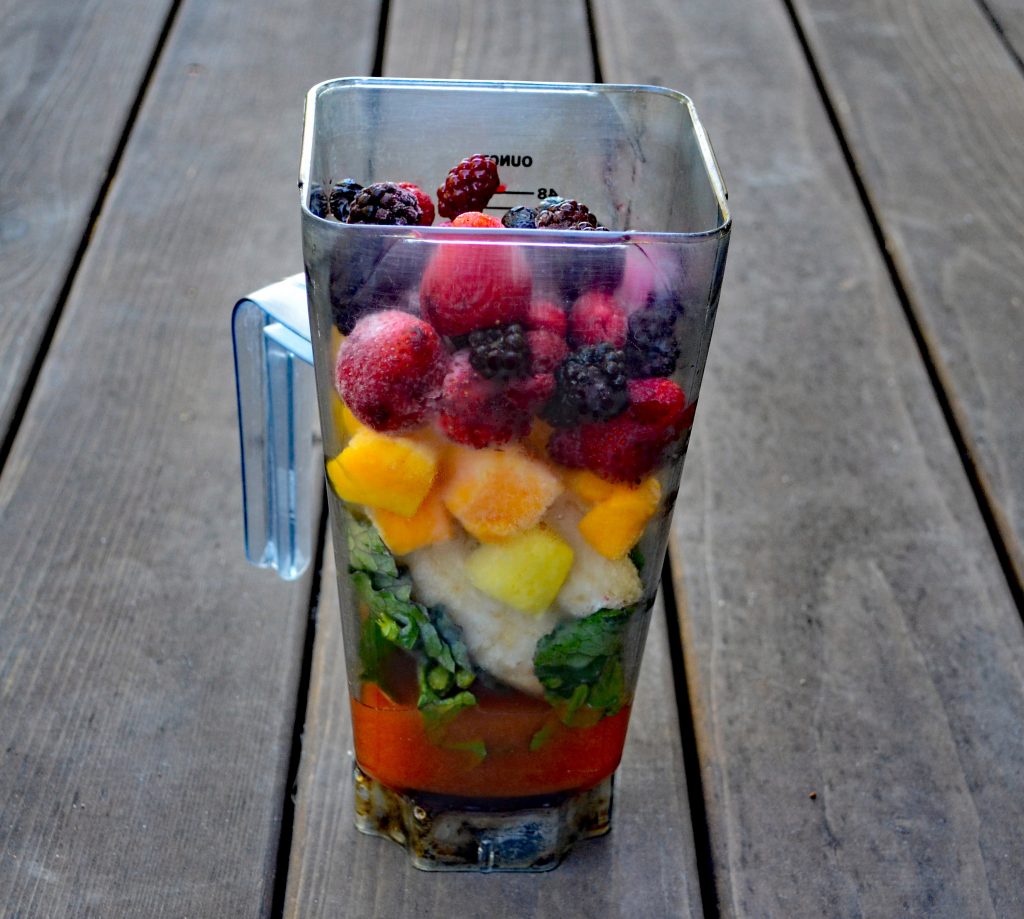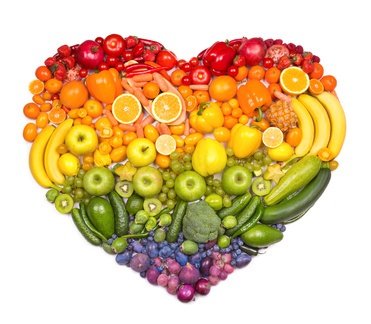
After our recent Energy Reset Summit which we co-produced with Better Life Summits, we received a number of questions from people interested in knowing the difference between a starch-focused whole food plant-based diet and one that emphasizes fruits and vegetables. We did a dietary comparison and were quite amazed to see some of the notable differences. We are so happy to share the outcome with you in this email article!
To get started, we have a starched-based “original” diet as a reference point, and then we change things up with our fruit and vegetable-based “makeover” diet to see what happens when we de-emphasize some of the starches and add more fruits and vegetables in their place.
Both diets are free from sugar, oil, and salt, with the exception of a small amount of salt in the tortillas of the original diet. The overall sodium intake of the original diet is still less than 400 mg for the entire day.
As shown in the table below, the original diet breakfast consists of 2 servings of rolled oats, with diced apple, raisins, cinnamon, and flax meal. The original lunch consists of two vegan burritos made from sprouted grain (flourless) tortillas, filled with tomato, avocado, zucchini, brown rice, and black beans. The original dinner is made from two cups of cooked broccoli, and one cup each of quinoa and chickpeas.
What changed?
For breakfast, we chose a totally different meal. We made a fruit and green smoothie instead of oatmeal.
For lunch, we kept the same quantities of avocado, zucchini, brown rice, and black beans from the original diet. We doubled the tomato, and used additional raw and cooked vegetables in place of the wraps. Mashed avocado and diced tomato make a simple salsa that can be poured over the lettuce and zucchini as a creamy salad dressing. The avocado tomato dressing could also be a great topping for the rice and beans and / or the cooked veggies.
For dinner, we reduced our quantity of quinoa and chickpeas by 50%, added a large salad made from lettuce, tomato, carrot, zucchini, and cucumber, topped that with a delicious dressing made from celery, onion, lemon juice, chia seeds, and walnuts, and kept the 2 cups of cooked broccoli.
Instead of 1 TBSP of ground flax seeds added to the breakfast oatmeal of the original diet, we used 1 TBSP of chia seeds and 1.5 TBSP of walnuts in the salad dressing of fruit and vegetable-based diet dinner for omega 3 sources. Both the total fat content and % of calories from fat of each diet were virtually identical.
| Original Diet | Makeover Diet |
| Original Breakfast: Oatmeal w apple, raisins, cinnamon, flax Whole Oats, rolled, 2 Servings Apple, fresh, with skin, 1 medium Raisins, 2 TBSP Cinnamon, ground, 1 tsp Flax Seed Meal, 1 TBSP | Makeover Breakfast: Fruit and Green Smoothie Banana, fresh, 2 medium Oranges, fresh, 2 medium Mango, frozen, 1 cup Kale, raw, 2 leaves |
| Original Lunch: Vegan Burritos Sprouted grain tortillas x 2 Tomato, red, raw, 2 small Roma Zucchini, raw, 1 large Avocado, raw, California, ½ Brown rice, steamed, ½ cup Black beans, cooked, ½ cup | Makeover Lunch: Salad, dressing, steamed veggies, rice + beans Lettuce, romaine, ½ head Tomato, red, raw, 4 small Roma Zucchini, raw, 1 large Avocado, raw, California, ½ Brown rice, steamed, ½ cup Black beans, cooked, ½ cup Kale, cooked from fresh, 1 cup Cauliflower, cooked from fresh, 1.5 cups Carrots, cooked from fresh, 1 cup |
| Original Dinner: Steamed broccoli, quinoa, chickpeas Broccoli, cooked from fresh, 2 cups, chopped Quinoa, cooked, 1 cup Chickpeas, boiled without salt, 1 cup | Makeover Dinner: Large salad, dressing, steamed veggies, quinoa, chickpeas Lettuce, romaine, ½ head Tomato, red, raw, 2 small Roma Carrots, raw, ½ cup Zucchini, raw, ½ cup Cucumber, raw, ½ cup Celery, raw, 3 medium Onion, white, etc. ¼ medium Lemons, raw, ½ Chia seeds, 1 TBSP Walnuts, 1.5 TBSP Broccoli, cooked from fresh, 2 cups, chopped Quinoa, cooked, ½ cup Chickpeas, boiled without salt, ½ cup |
What was the Nutritional Outcome?
Drumroll please! In changing from the original diet to the makeover diet, we saw some dramatic nutritional changes. To start with, we decreased calories by 103, and increased dietary fiber by 23%.
Regarding vitamins, the beta carotene content increased by an incredible 1,870%, vitamin C increased by 283%, vitamin E increased by 80%, Vitamin K increased by 460%, and folate more than doubled.
Omega 3 fats tripled, while improving the omega 6 to omega 3 ratio from 3.0 to 1.66 and keeping the overall fat intake the same for both diets. Omega 3 recommendations are 1.1 grams for women, and 1.6 grams for men. The original diet provided 1.7 grams of omega 3 in total, but that would have been only 0.8 grams without the flax meal. In the makeover diet, even without the addition of chia seeds and walnuts in the dinner salad dressing, the omega 3 content was 2.5 grams, which increased to 5.7 grams with the addition of the chia seeds and walnuts. Leafy green vegetables, both raw and cooked, are excellent sources of omega 3 fats when eaten in substantial quantities, such as the amounts shown in the makeover diet.
For minerals, the calcium content increased by 230% and magnesium increased by 37%. Sodium went up by 89 mg due to increased vegetable intake. These vegetables and the fruit from the smoothie also more than doubled the potassium intake, which dramatically improved the sodium to potassium ratio. Iron increased by 21%, while zinc remained consistently solid in both diets.
| Plant Based Diet Comparison | Original | Makeover |
| Calories | 1805 | 1702 |
| Fiber | 73 grams | 90 grams |
| Beta Carotene | 5,523 IU | 103,296 IU |
| Vitamin C | 237 mg | 671 mg |
| Vitamin E | 10 mg | 18 mg |
| Vitamin K | 376 ug | 1,731 ug |
| Folate | 912 ug | 2,081 ug |
| Omega 3 | 1.7 grams | 5.3 grams |
| Omega 6 | 5.1 grams | 8.8 grams |
| 6 / 3 Ratio (Lower is preferable) | 3 | 1.66 |
| Calcium | 469 mg | 1,081 mg |
| Magnesium | 531 mg | 725 mg |
| Sodium | 396 mg | 485 mg |
| Potassium | 3792 mg | 8376 mg |
| Sodium / Potassium Ratio (Higher 2nd number is preferable) | 1 to 9.6 | 1 to 17.3 |
| Iron | 19 mg | 23 mg |
| Zinc | 11.5 mg | 11.6 mg |
The original starch-centered diet is a fantastic diet! It’s high in nutrient density, low in calorie density, high in fiber, and low in fat with a healthy fatty acid profile. It is the type of diet that has been scientifically proven to reduce excess body fat, and reverse health challenges like cardiovascular disease, hypertension, type II diabetes, autoimmune issues, etc. That’s incredibly powerful stuff! But does that mean there is no room for further improvement?
As you can see in this example, including an abundance of fruits and vegetables in a whole food plant-based diet can offer us additional nutritional benefits. Implementing these types of dietary improvements usually translates into having the most energy, the clearest, sharpest mind, having a more radiant glow to our skin, and thriving to the fullest extent of our health potential for a lifetime.

